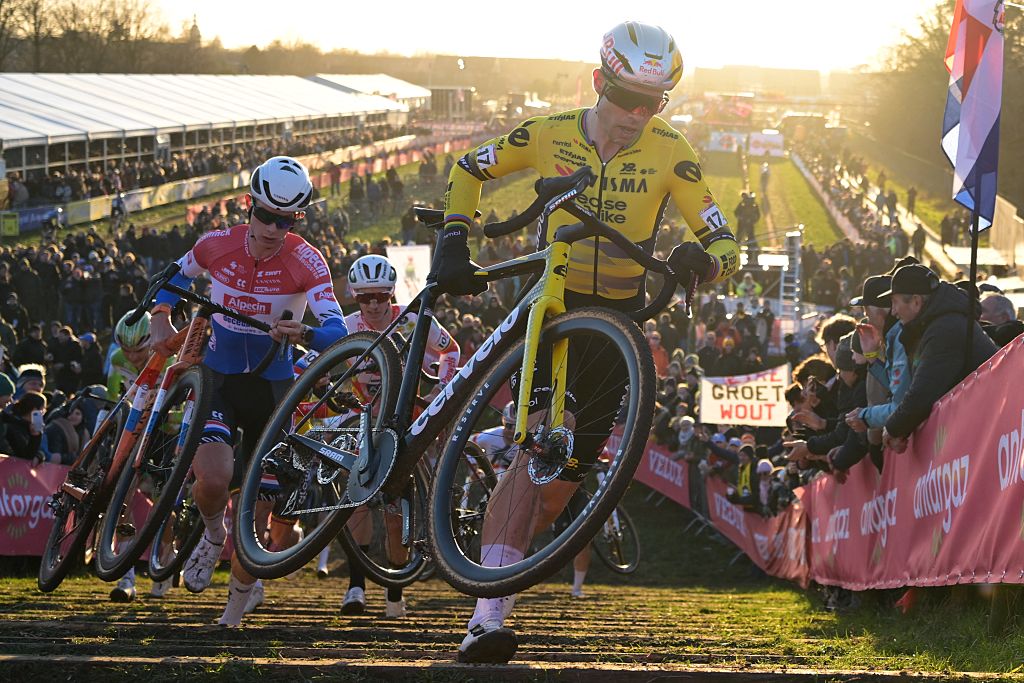Colnago Y1Rs review: With a $21,000 price tag it's got a lot to live up to, and doesn't quite manage it
Mad looking, brilliant on flat and rolling terrain, but make no mistake this is a bike for pros only
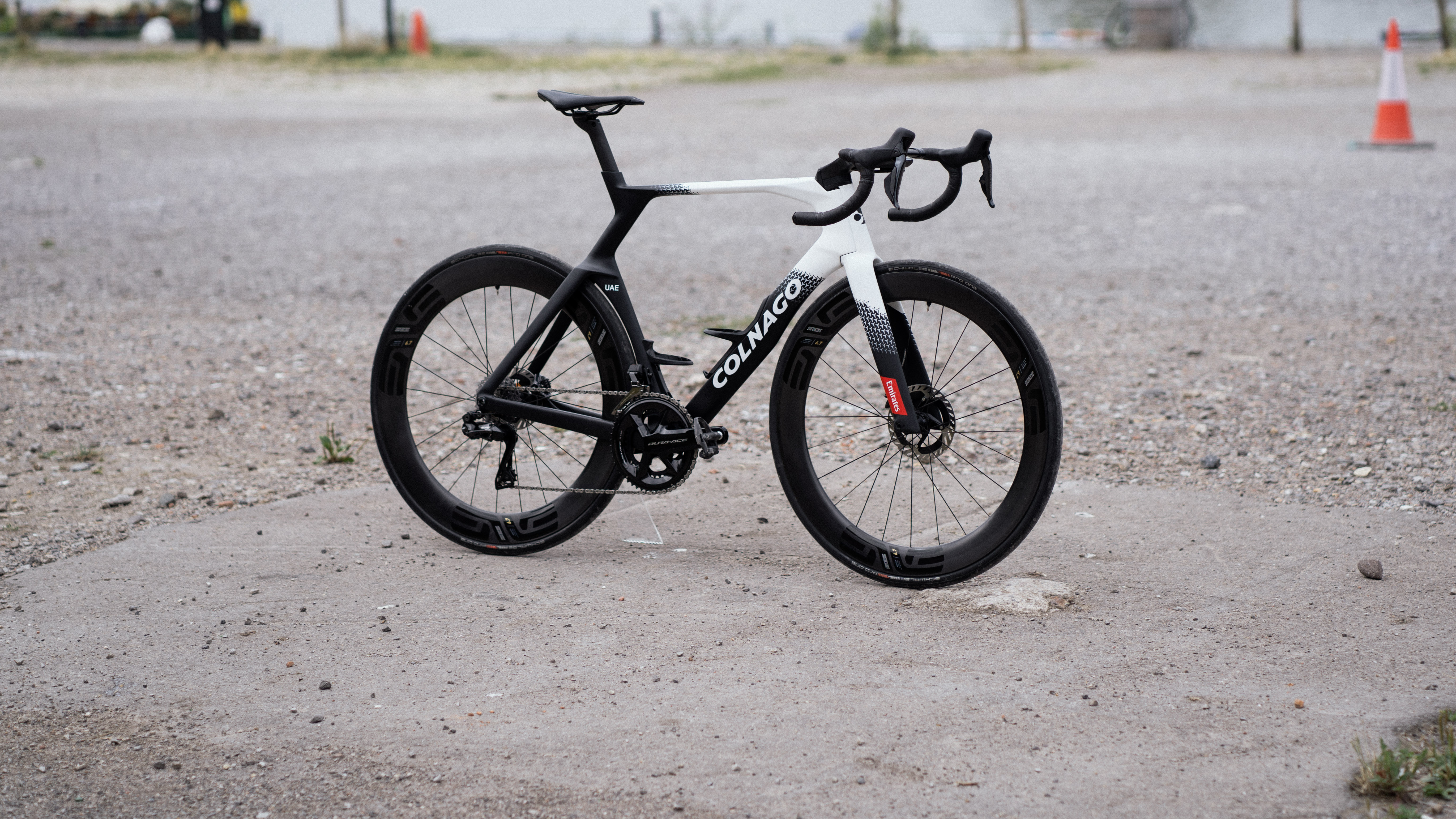

Verdict
The best bike Colnago has made in a long time in terms of innovation. It's tailor made for flat or rolling terrain, and while it is clearly a capable racer, as evidenced by its catalogue of wins, it's a bike that I think is as close to pro-only as it is possible to be within the bounds of the UCI rules. There's also a slight disconnect between rear end and front end stiffness that leads to some slightly odd ride characteristics.
For
Striking looks
Very fast on the flat
Better handling than any Colnago I have ridden
Against
The price
Not as stiff as it could be
Hard to live with if you aren't a WorldTour pro
Score
78%
There aren't many of these bikes kicking about, unless you happen to be a fully paid up member of a UAE sponsored cycling team, or wealthy enough to have somehow got around the wait list. The Colnago Y1Rs created more of a buzz than any other bike I can think of before and after its release, primarily for its unconventional silhouette, but also because it's been ridden to seemingly endless victories by one Tadej Pogačar.
The Colnago Y1Rs is something of a radical departure for the historic Italian brand; its first proper aero bike since 2017, a time where road disc brakes were but a glint in some bike engineer’s eyes – Colnago was the first to bring road discs to market with its C59 back in 2012 – tubular tyres reigned supreme in the pro ranks, and cables were still somewhat external. It's going up against the best aero bikes out there, many of which have had a lot more iterative R&D time behind them.
I’d argue that it’s actually more Colnago getting back to its roots and being properly innovative again, but that’s an argument for later in this review, and I’m using ‘review’ rather loosely. This bike isn’t for you, or me, for that matter. You can’t buy one unless you go on a wait list, and I’d argue that you probably shouldn't. It’s been made primarily for one man, and I think in some years' time we will look upon the Y1Rs as the first non-consumer road bike.
Nevertheless, if you’re here and reading this I’ve no doubt that you want to know what it’s like to ride, and how it stacks up against the best road bikes on the planet, and to that end, I’ve been blasting around my usual suite of test loops to try and tease out what makes it tick. It’s been on big, rolling days out, some punchy, hilly rides with lots of hill sprints to test the stiffness, and of course some flat blasts to see how it fares against the wind.
I have changed the spec slightly from what is on offer for consumers, which isn’t something I’d usually do right off the bat, but I’ll go into why shortly. In short, the Colnago Y1Rs is a good bike. In some ways, it’s exceptional; in other ways, it’s somewhat flawed. It’s been an absolute hoot to ride, and sometimes the attention that it garners has been comic.
Ultimately, I think it’s probably the best road bike Colnago has made in recent years from a pure performance standpoint, but it's not the one I think you should buy if you want a Colnago, which I hope you'll understand why by the end of this review.
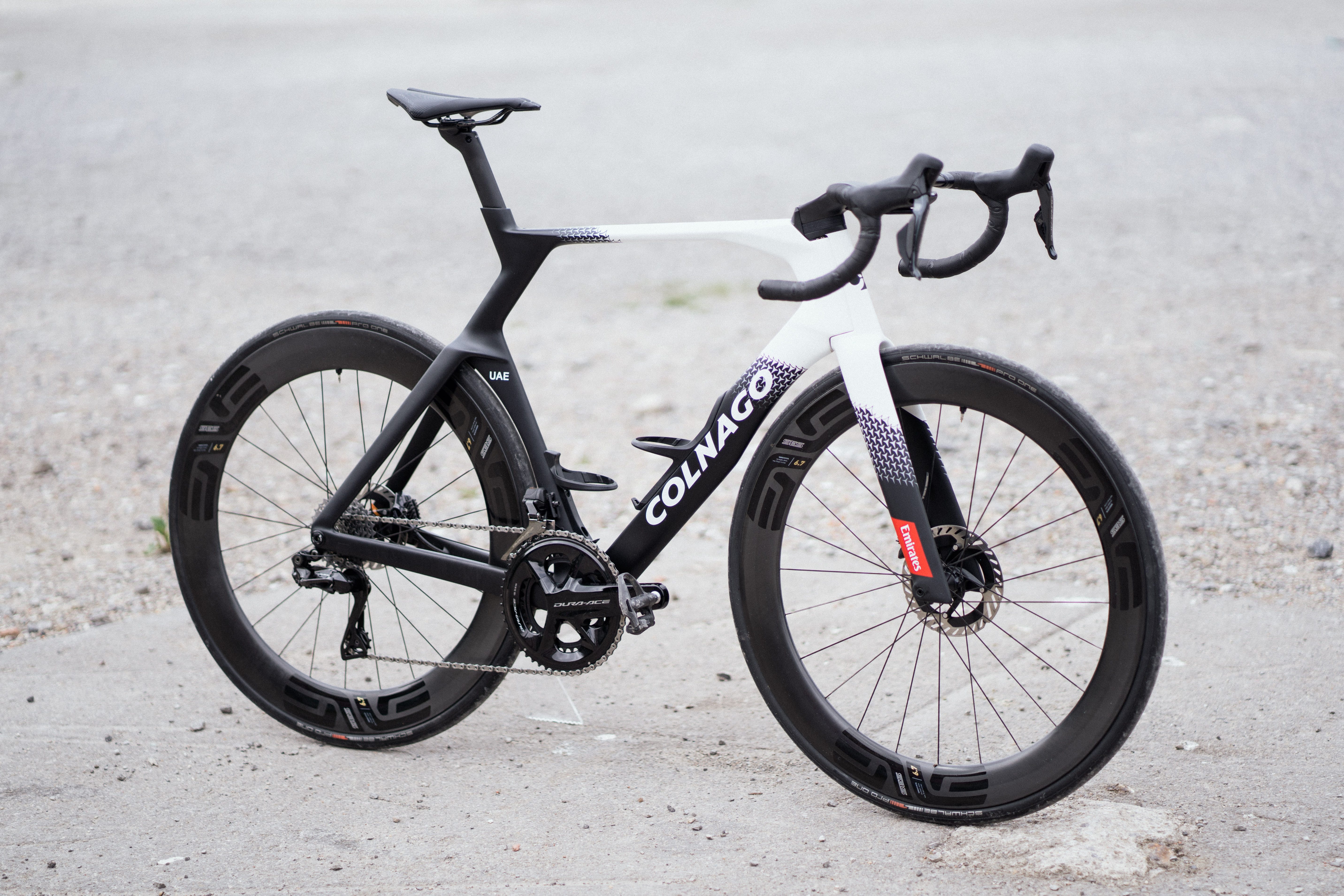
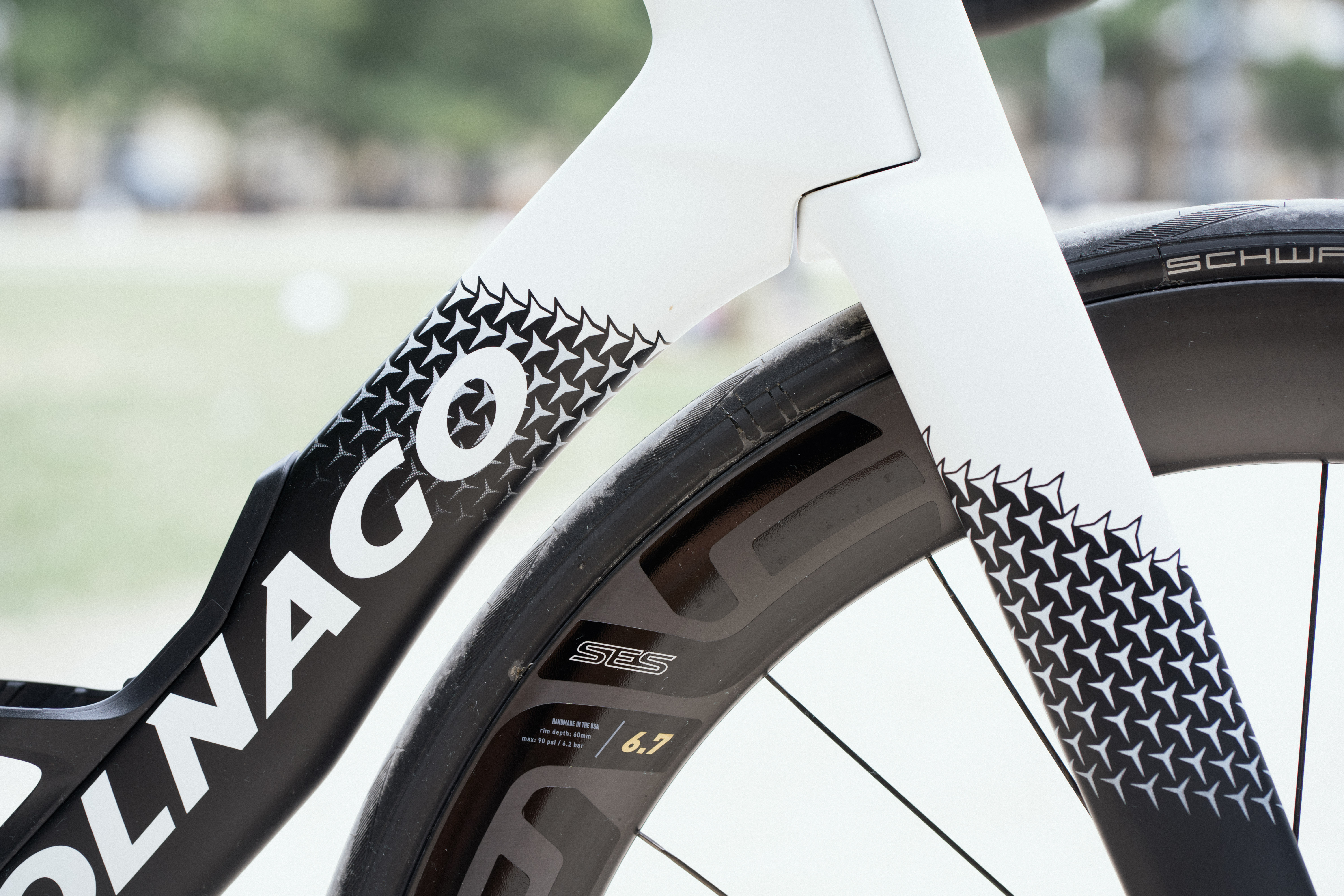
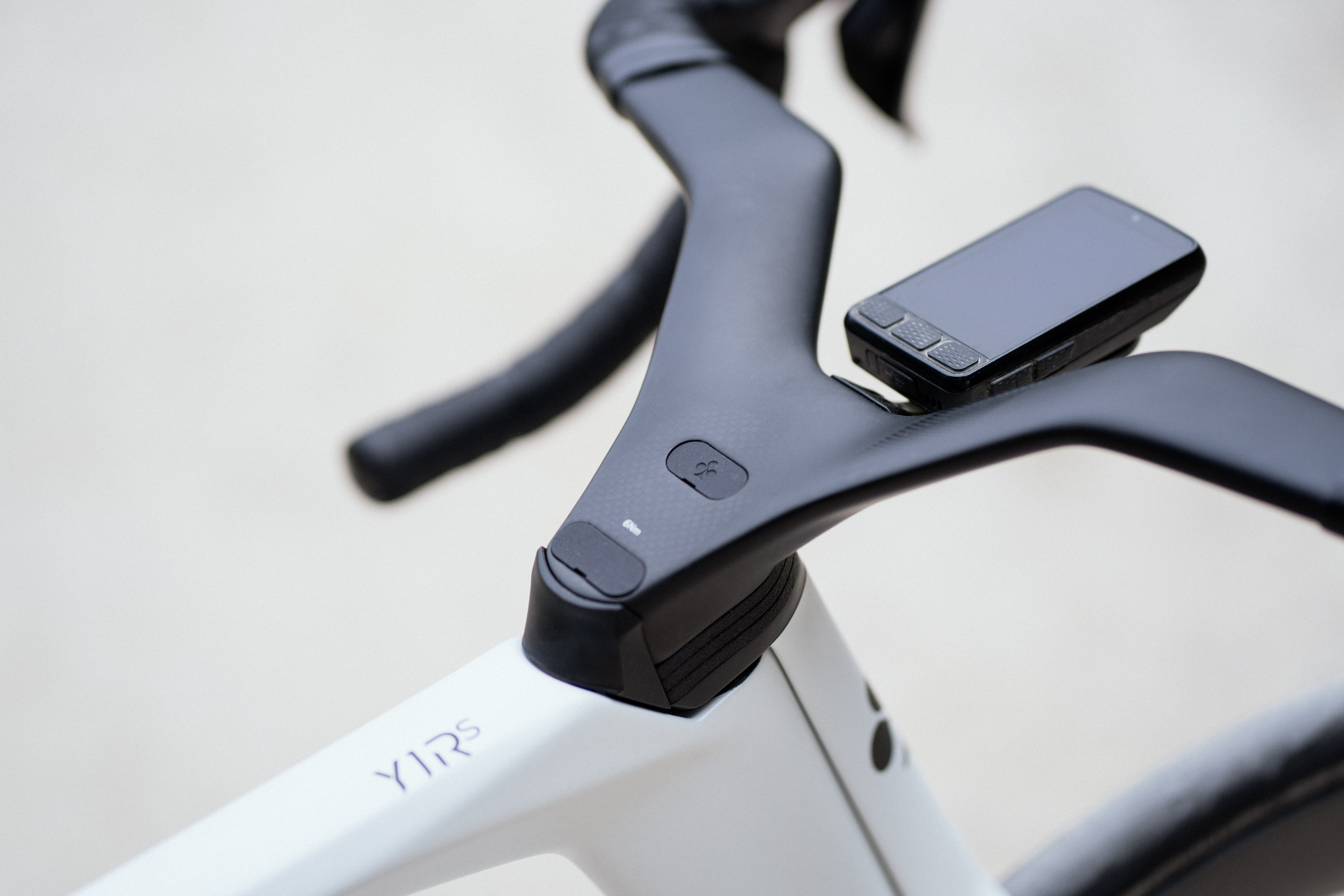
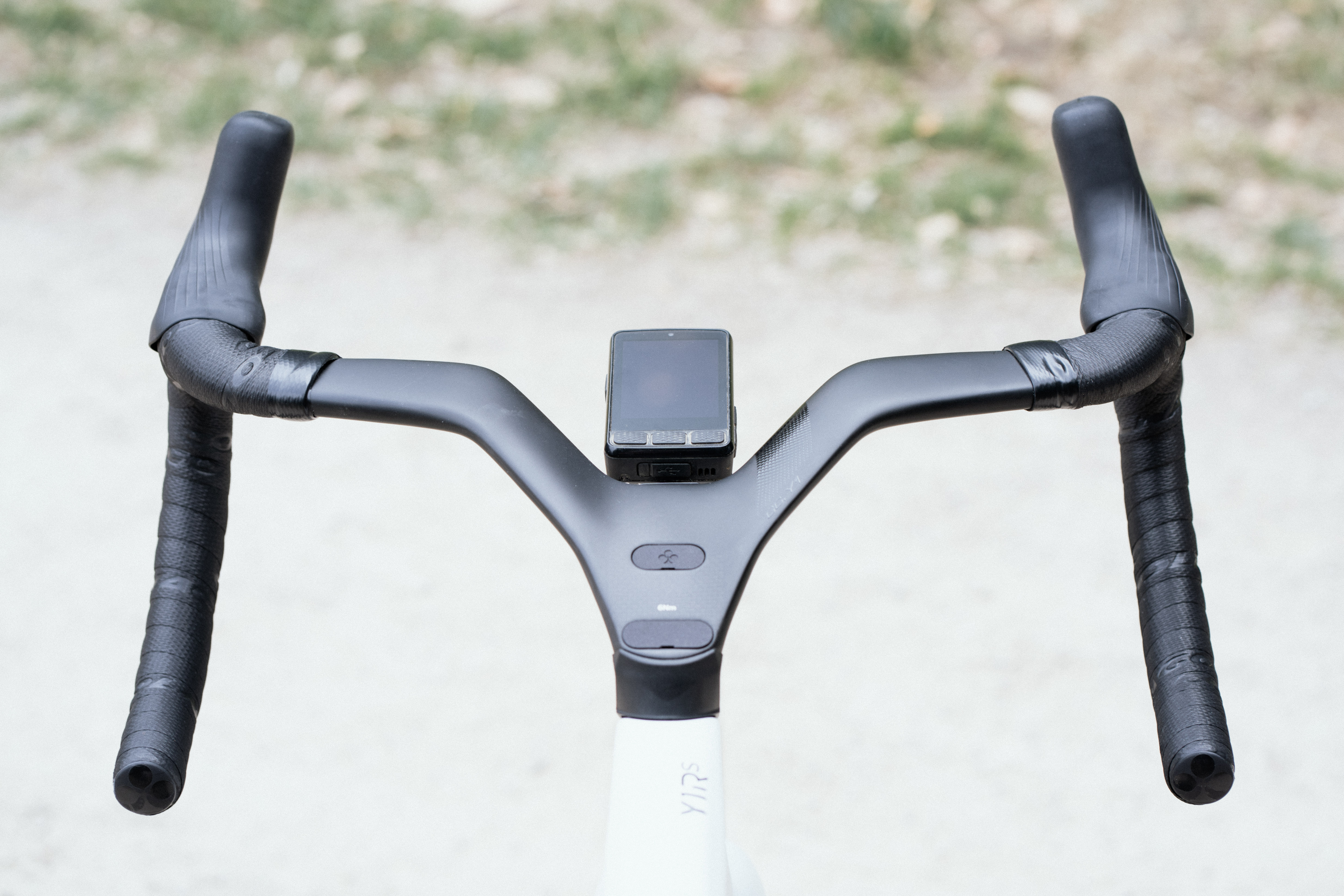
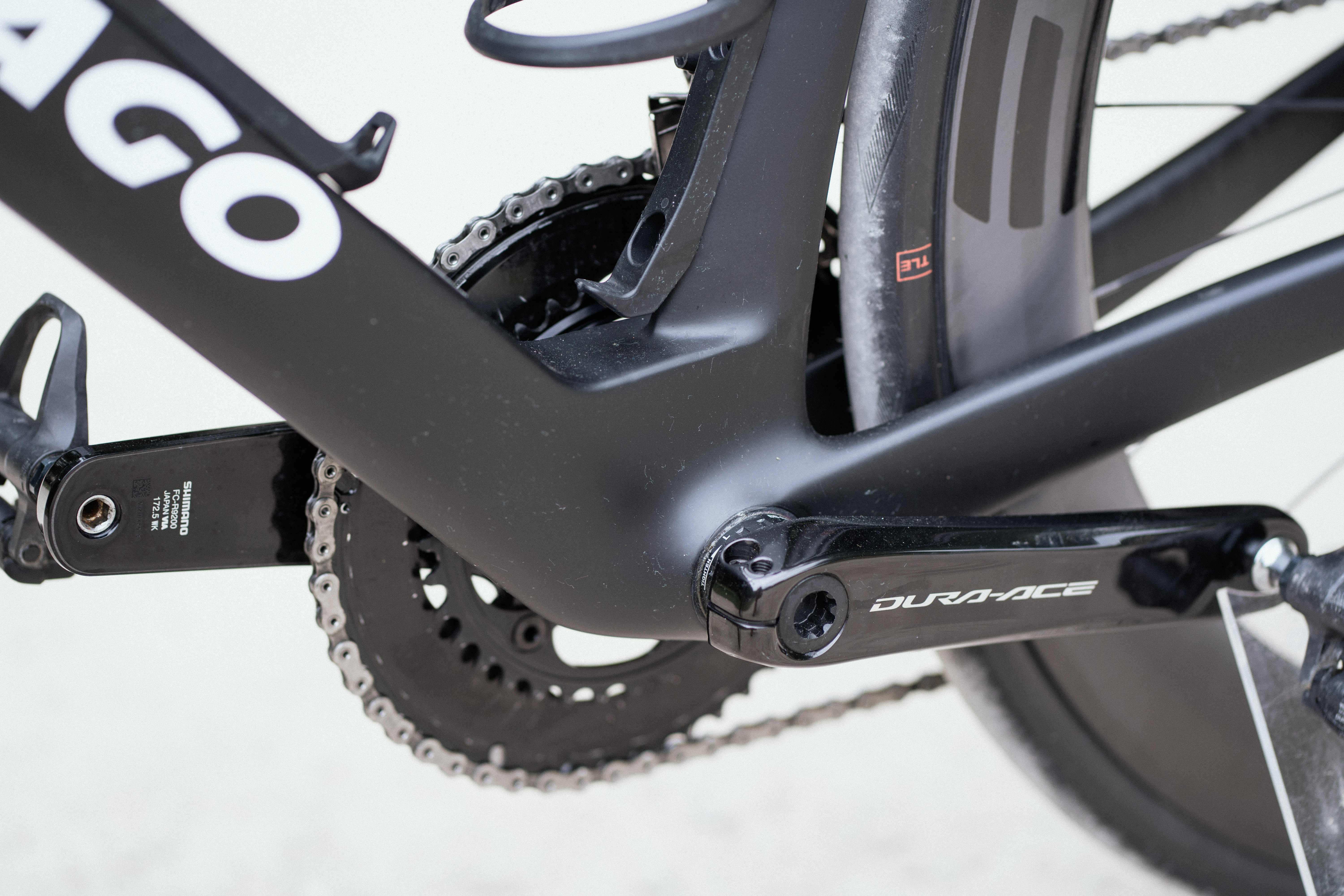
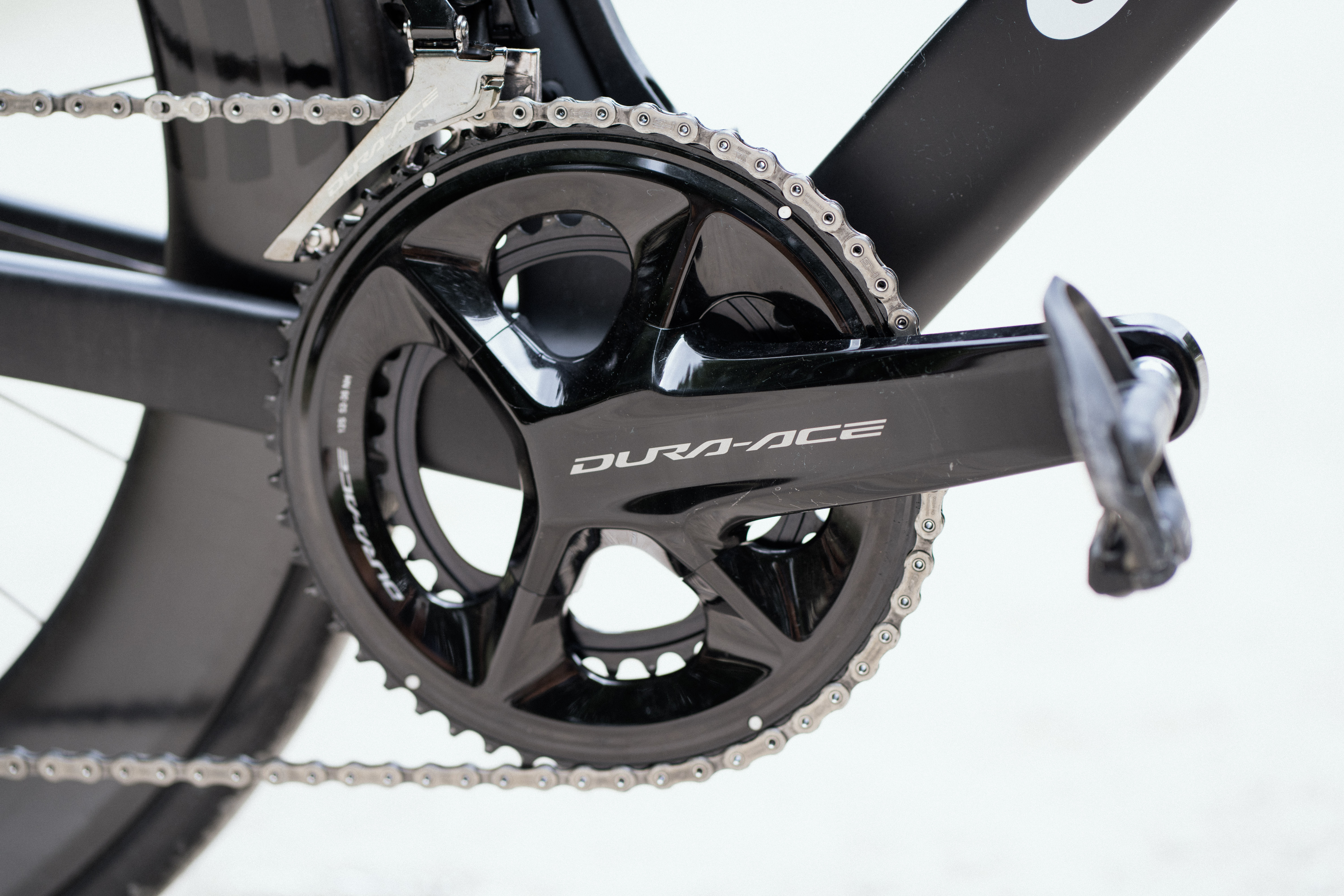
Design and aesthetics
OK, time to be up front… This bike shipped with a set of Vision SC45 wheels. There’s nothing inherently wrong with those wheels, but this is a UAE Team Emirates ‘replica’ bike, and from a content perspective, it was a toss up between giving my readers a taste of what it is like to ride Tadej Pogačar’s race bike, or what it’s like to ride this bike as stock. I chose the former option because of the people reading this I think the likelihood is that maybe one person at most will buy one of these.
The latest race content, interviews, features, reviews and expert buying guides, direct to your inbox!
You can buy it with Enve SES 4.5 wheels, and happily, I had a set of Enve SES 6.7 wheels under my desk (close enough), more or less what Pogačar uses on flat days, just in a ‘Pro’ guise. With that, and a saddle swap to something more befitting of my delicate posterior, and we were away. Sort of.
Putting the Y1Rs together out of the box was relatively simple. It ships in a very well-designed little package, and one just bolts the wheels on, installs the computer mount, and away we go. Except, you cannot ride it until you have cut the seatpost to the right length.
With some careful measuring, I handed it over to a local bike shop, with a request that the seatpost be trimmed a little shorter than exactly right, so as to avoid the base of the stubby seatpost resting on the top tube… no, seat tube? Whatever the bit under it is – maybe it needs a new name entirely.
Sadly, the local bike shop cut it exactly right, and on my ride home, I endured the most horrendous carbon-on-carbon creaking before I got drastic with my emergency hacksaw. I can’t complain too much, the shop did fit me in last minute.
It really doesn’t need pointing out, but this is an all-out aero bike, with the Colnago engineers seemingly trying to tick every aero trope of the modern era in one bike. At the front, there’s the bayonet fork, combined with the deeper, incredibly narrow head tube to create a super-deep front end, in common with the Cervélo S5. The bars, a design reminiscent of gullwing doors, cut a similar figure to those of the S5, but do away with the horizontal bar between the two arms of the ‘Y’, something it has in common with that crazy Factor prototype I saw at the Critérium du Dauphiné this year.
The cockpit is mounted in a dropped recess in the head tube, much like that of the new Ridley Noah Fast 3.0, in order to cut down on the turbulence left in the wake of a traditionally placed stem. This flows into a high, near-horizontal top tube before we get to that seat cluster.
Shrouding the rear wheel with the seat tube has become standard practice for most modern aero bikes, but Colnago has gone somewhat rogue in continuing the line of the seat stays up to intersect the top tube, leaving the seat tube to relax backwards to meet the rear tyre and the seat post be cantilevered behind in a way that would make the designers of the Trek Madone spit their coffee out.
The effective seat tube angle is basically the same as the V5Rs, it just looks mad when done this way, and the angle of the seatpost means that any up/down adjustments are going to have a much greater impact on the fore/aft position of your saddle.
With all this, Colnago claims the Y1Rs has a 19% smaller frontal area than the V4Rs (which has since been replaced with a slightly skinnier V5Rs), with a strange caveat that this doesn’t include the drops of the bars. In any case, in a ‘real race’ scenario at 50km/h with two bottles, the Y1Rs is 20 Watts faster than the V4Rs, which is a lot if it stands up. These figures haven't been updated to compare it to the new V5Rs as the Y1Rs came out first, but expect the gap to be smaller.
The bottles have to be 500ml options though, as the integrated cages cannot accept larger 750ml options, so if you’re a thirsty chap like me you’d better have a team car handy.
For stiffness fiends, the cockpit is apparently 16% stiffer than an unnamed competitor, while the bike as a whole is 3.5% stiffer in a sprint than the V4Rs. These numbers are somewhat meaningless though on paper, but I’ll go into the sensations shortly, but first we need to talk aesthetics.
Aero bikes don’t always make the best weight weenie machines, and while the Tour showed us it was possible to get this machine close to the UCI weight limit, it took some radical changes. In this guise, with the deep Enve wheels and pedals attached it tipped my scales at 7.89kg. With the shallower Enve SES 4.5 wheels that you can spec at the point of sale, you’ll save 45g over this figure, but in any case, it’s not an ultralight machine, but neither is it overly hefty.
Everyone thought the S-Works Tarmac SL8 was ugly until a month or so into the season, and now everyone loves it. The same goes for the Y1Rs, but to an even greater degree. It was lambasted at launch for the way it looks, despite my best efforts to argue that fast bikes shouldn’t have to be pretty too, but now, with a regular stream of victories under its belt the Y1Rs is well accepted.
Personally I actually like the way it looks because, despite all the data, the white paper filler, the CFD flow images and optimisation tweaks, you can take one look at it and just tell, to at least some degree, this was designed by an Italian.
It turns heads like nothing I've ever ridden, even compared to the Pinarello Dogma F with its beautiful paint. Groups of cyclists will openly ogle it, but more than that even non-cyclists can tell there's something special about it. When I stopped off for a crisp pint of cider at my favourite pub on the way home from work, it drew a small crowd who wanted to hold it and ask all sorts of questions. Furthermore, when photographing the bike, I had several people come over and very politely accost me to talk about the bike. This has never happened before, and it was quite fun. It's the closest I think I'll ever feel to being a celebrity.
Colnago used to make mental bicycles, even in the days when round tubes were the norm for 99% of the peloton. The 1987 Master Dual, for example, had two downtubes that diverged from the head tube to the bottom bracket to better resist lateral forces (and make the bike weigh a lot more). The Carbon Volo and the later C35 proved that carbon fibre monocoque construction was possible for racing bicycles, and the Y1Rs looks a lot more like a descendant of these historic machines than it does an offshoot of the quite Plain Jane V-series machines, and for that reason more than any other I’ve got a bit of a soft spot for it, and can look past some of the flaws.

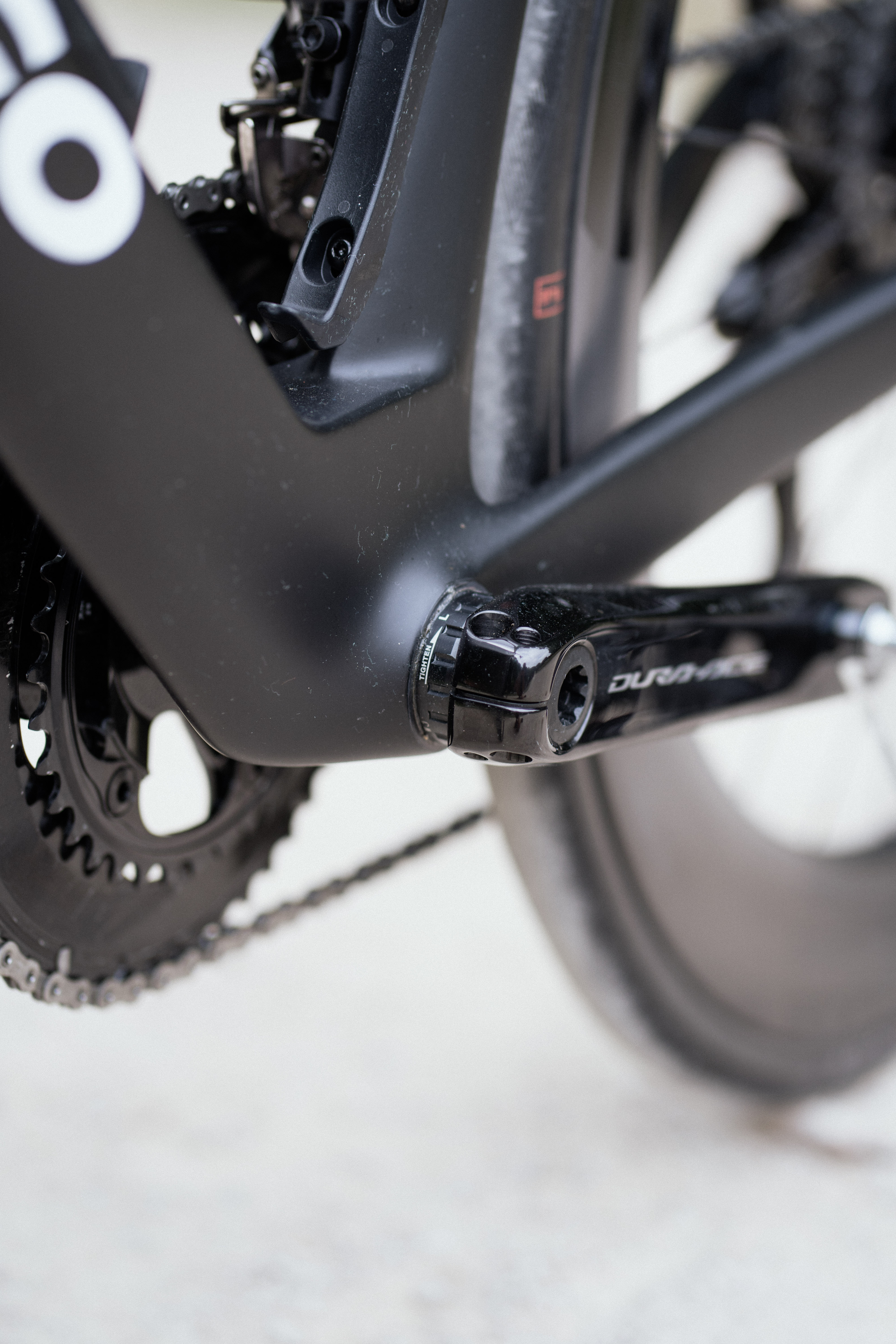
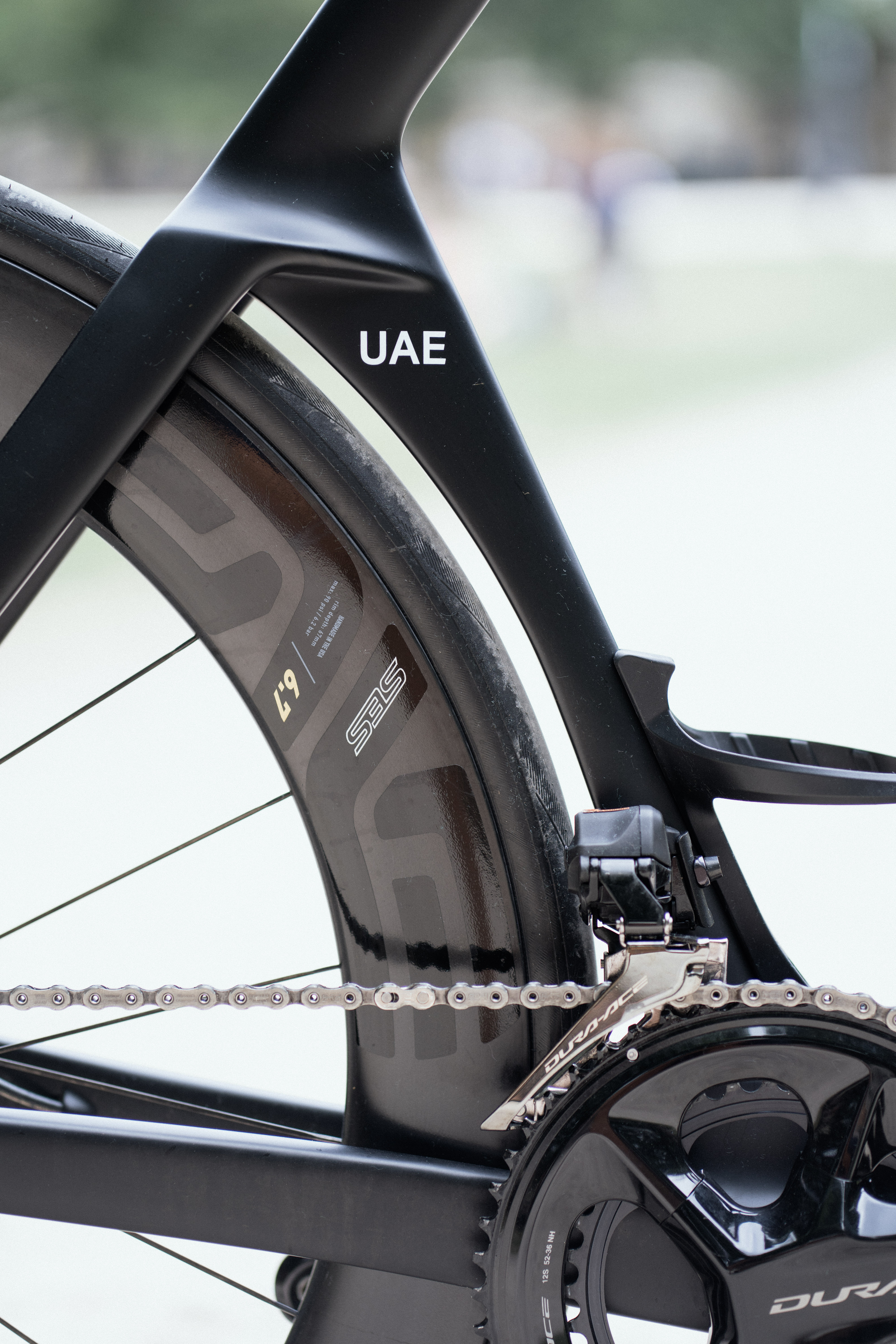
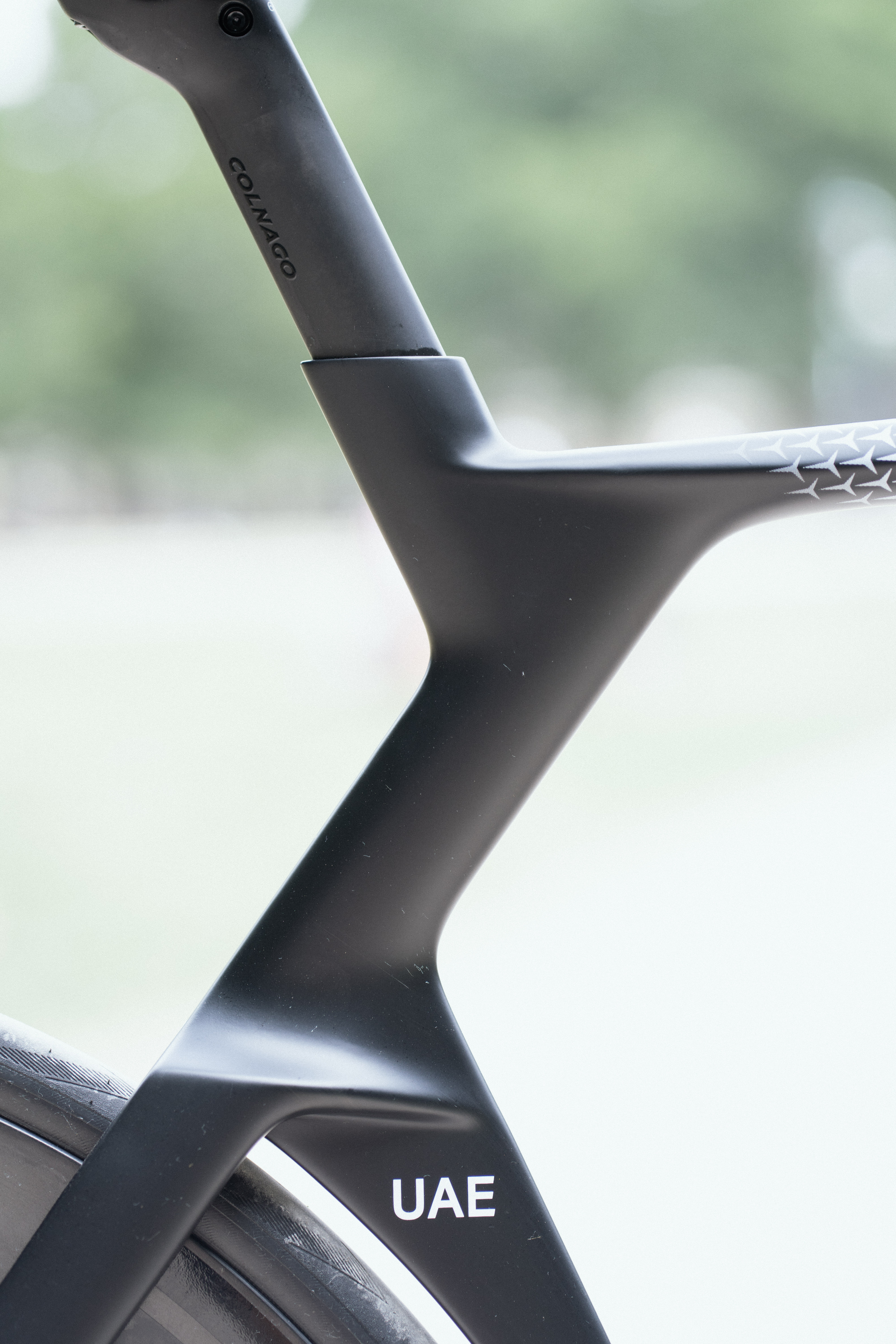
Performance
I cannot – yet – give you independent wind tunnel data for this machine, but in the coming weeks, we are taking it to the Silverstone Sports Engineering Hub to run it against a cohort of the latest aero bikes on the planet, including the Ridley Noah Fast 3.0. Naturally, I will update this as soon as I have the data, but having spent enough time in the wind tunnel, I’m not going to pretend my eyes are a reliable judge of drag coefficients. It looks aero, but that doesn’t necessarily translate into hard watts.
Wattage data to one side, it does feel efficient on the flat, especially when paired with these extremely deep Enve wheels. It’s not quite as extreme as the Ridley Noah Fast 3.0 in terms of feel, but that has a very different geometry. The cockpit, or the lack of a cross bar, means you stay in the hoods or the drops, keeping you in somewhat of an aero body position the whole time. you can just about hold the tops, but it puts your wrists at a pretty horrible angle and your elbows end up sticking out like chicken wings, so you won't do it for long. This is fine for racing, but for mortals and for protracted climbing it is an annoyance, and something it loses out to the Cervélo S5 on, purely from an ergonomic standpoint. If you want to do fast, flat or rolling riding, then it’s a very, very good candidate for that.
Aero performance aside let's dig into how it actually feels to ride. The geometry is a little different from the norm for Colnago, which typically makes road bikes a little longer and slacker than most – something which I found made the V4Rs a little sedate to ride unless descending at warp speed, and something my colleague Josh found echoing with the V5Rs too.
Unlike the V-series framesets the Y1Rs is, in my size (530 in Colnago speak, 56 in everyone else) half a degree steeper in the head tube angle along with a 2.5mm lower trail fork, 10mm shorter in terms of the front centre (BB to front axle distance), a 10mm lower stack (taken up by the rise in the bars to some degree) but the same chainstay length. Essentially, it’s got a shorter wheelbase with a steeper, more responsive front end, and boy, can you notice the difference.
With the V4Rs, I found that the bike was reluctant to change its line mid-corner. One tended to lock into a flight path and just see it through, whereas the Y1Rs has much more of a darting agility to it. It’s not as razor sharp as the likes of the Pinarello Dogma F or the Scott Addict RC Ultimate, but it’s certainly a step in the right direction, and it’s a much more fun bike to descend on from a cornering point of view. I never quite trusted it to quite the same degree as those two aforementioned bikes in my usual twisty chicanes, but it wasn’t half bad at all. On longer, more open descents the aero package comes to the fore and you do just ghost away from other bikes, and on familiar, sighted corners you can hang off the side of it with confidence.
I don’t think the geometry holds it back in any way, but it lacked that composed togetherness that truly exceptional bikes seem to have. Both the Dogma and the Addict both had sensational ride characteristics that went beyond geometry, and I think in both cases it was down to a stiff package with no weak links, which I don’t think is the case here. This really comes out on twisty, blind country lanes, which I think, if we’re all being frank this bike wasn’t designed for. Conversely, on swooping, flowy descents where the aero package kicks in, or on flatter terrain where you can tuck in it feels as close to a time trial bike as any road bike I’ve ever tested. It feels faster than the old S5 when ticking along on the flat, but that’s just a sensation.
The Y1Rs certainly feels like it has a stiff rear triangle, and when seated, it doesn’t feel like there's much power loss compared to other high-end bikes, but the frame set does feel particularly prone to torsional loads that come to the fore in full sprints or in tight, twisty, technical descending. Normally flex at the bars on a normal road bike is a function of the stiffness of the steerer (hopefully not much) and the cockpit itself, but in the case of the Y1Rs I don’t think the bayonet join at the front end is sufficiently well reinforced to deal with high loads. The cockpit itself feels plenty stiff, but it only takes one weak link to make things feel a little more noodly than they should.
To compound this, I think the high top tube, with acres of space underneath for a parallelogram void (not a triangle), doesn’t help here. Smaller triangles are stiffer, which is why I suspect that new Factor has a relatively compact frame shape in comparison. This, combined with what I think is a sensation from the bayonet fork, results in sprint characteristics that are, on a bike of this price, sub par, and on one occasion under hard braking resulted in quite an unnerving proto-speed wobble the likes of which I experienced sometimes (though to a much greater degree) when riding steel frames.
Is this why we’ve seen Tadej Pogačar taking to spending most of his time in the saddle? Unlikely. The man has ridden Colnagos his whole career, and I suspect it’s just a more aerodynamic way for him to ride. Plus, as I am always keen to point out in reviews like this, the differences are minimal. It’s so far from a pile of wet spaghetti it's comical, but when measured against other superbikes, it does come up a little short.
Comfort, I suspect, isn’t a consideration the design engineers paid much heed to, despite diagrams outlining the cantilever seatpost providing some compliance. The road feel is quite jittery, and it would do better with the 30mm tyre clearance maxed out. But in truth, it’s not really any better or worse than the majority of other race bikes I’ve ridden, but in other bikes, I can forgive similar levels of high-frequency feedback if there is a corresponding sure-footedness or flex-free feedback between my arms and my legs when sprinting. The Y1Rs does somewhat fall a bit short in this regard. Not by much, but by enough.
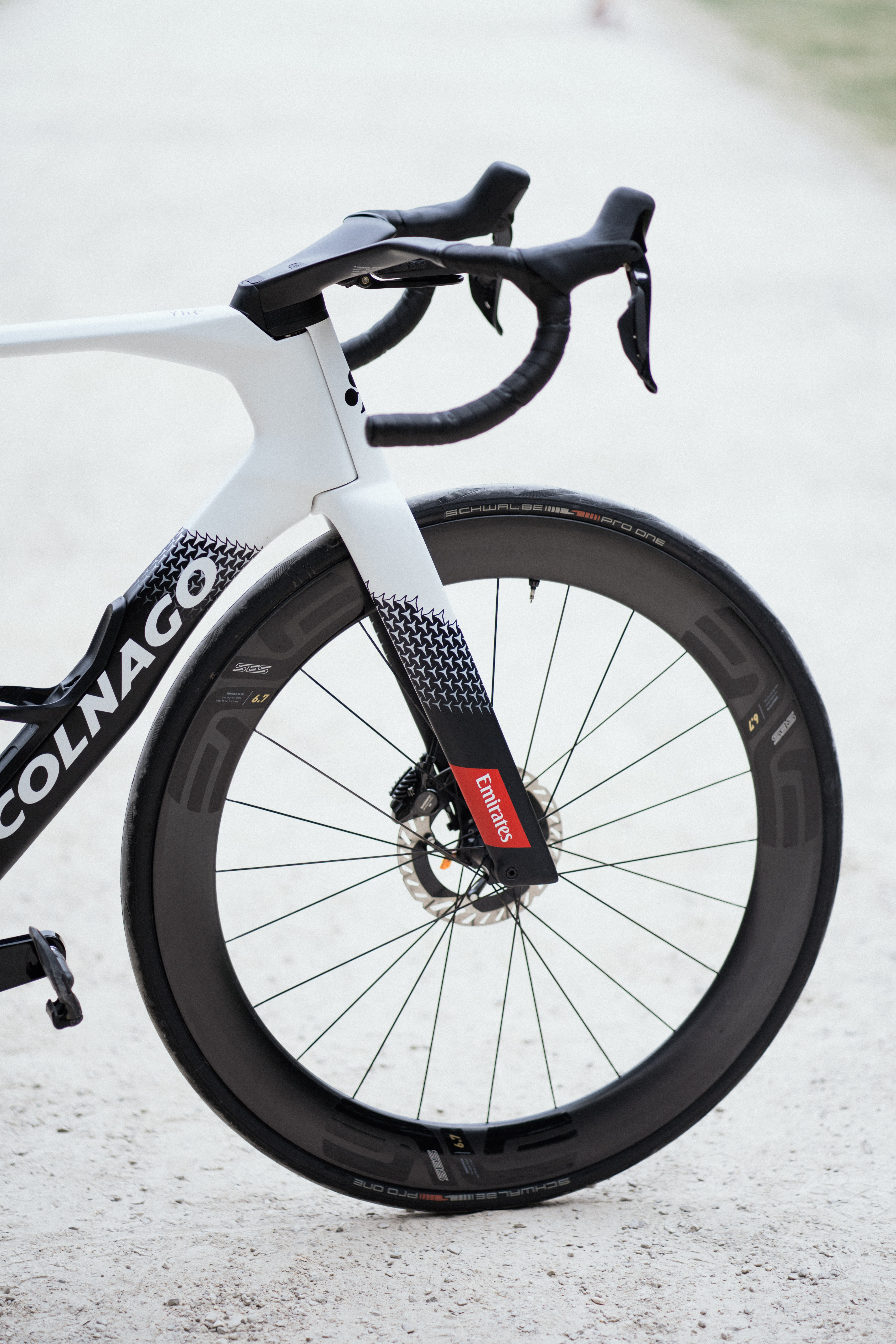
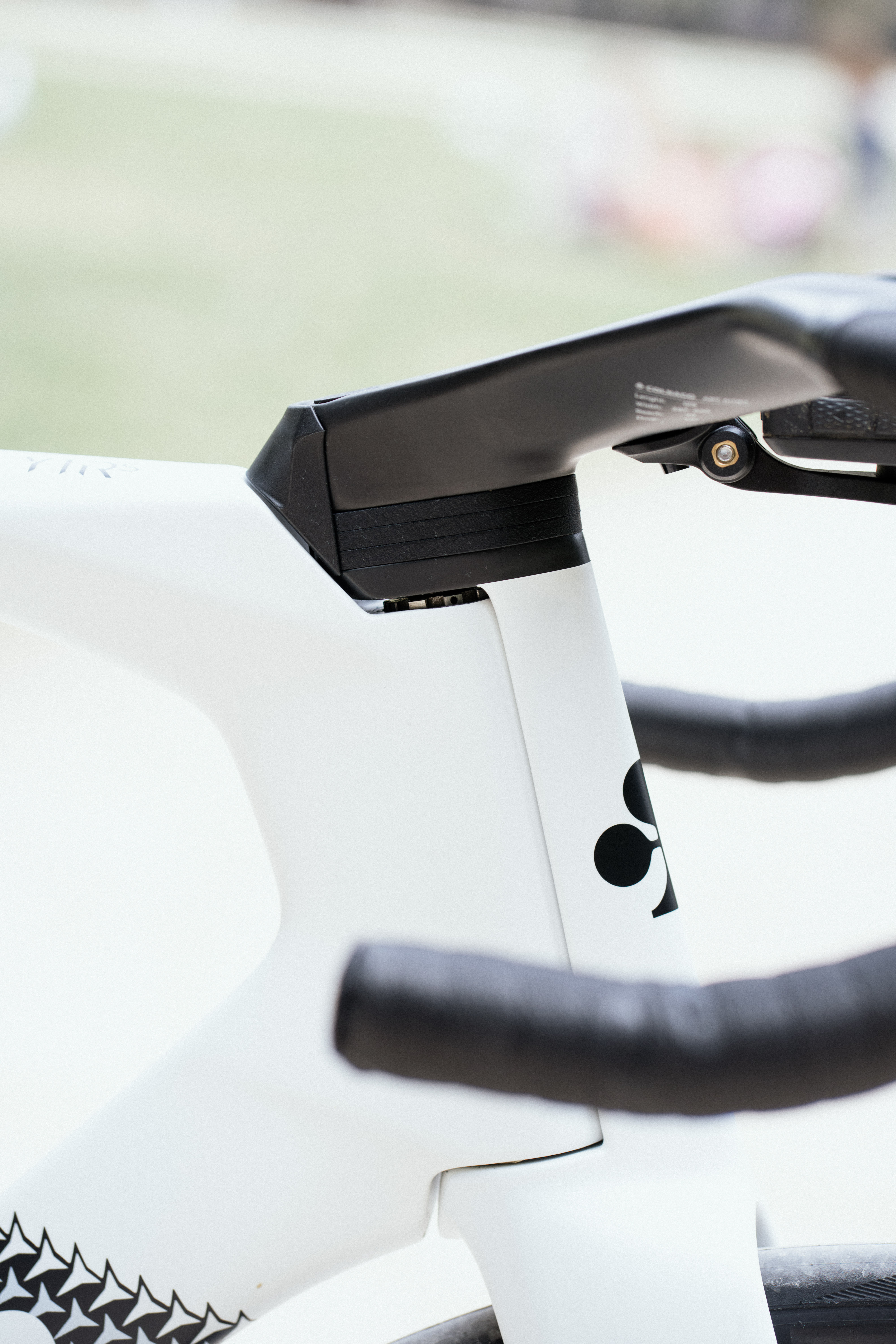
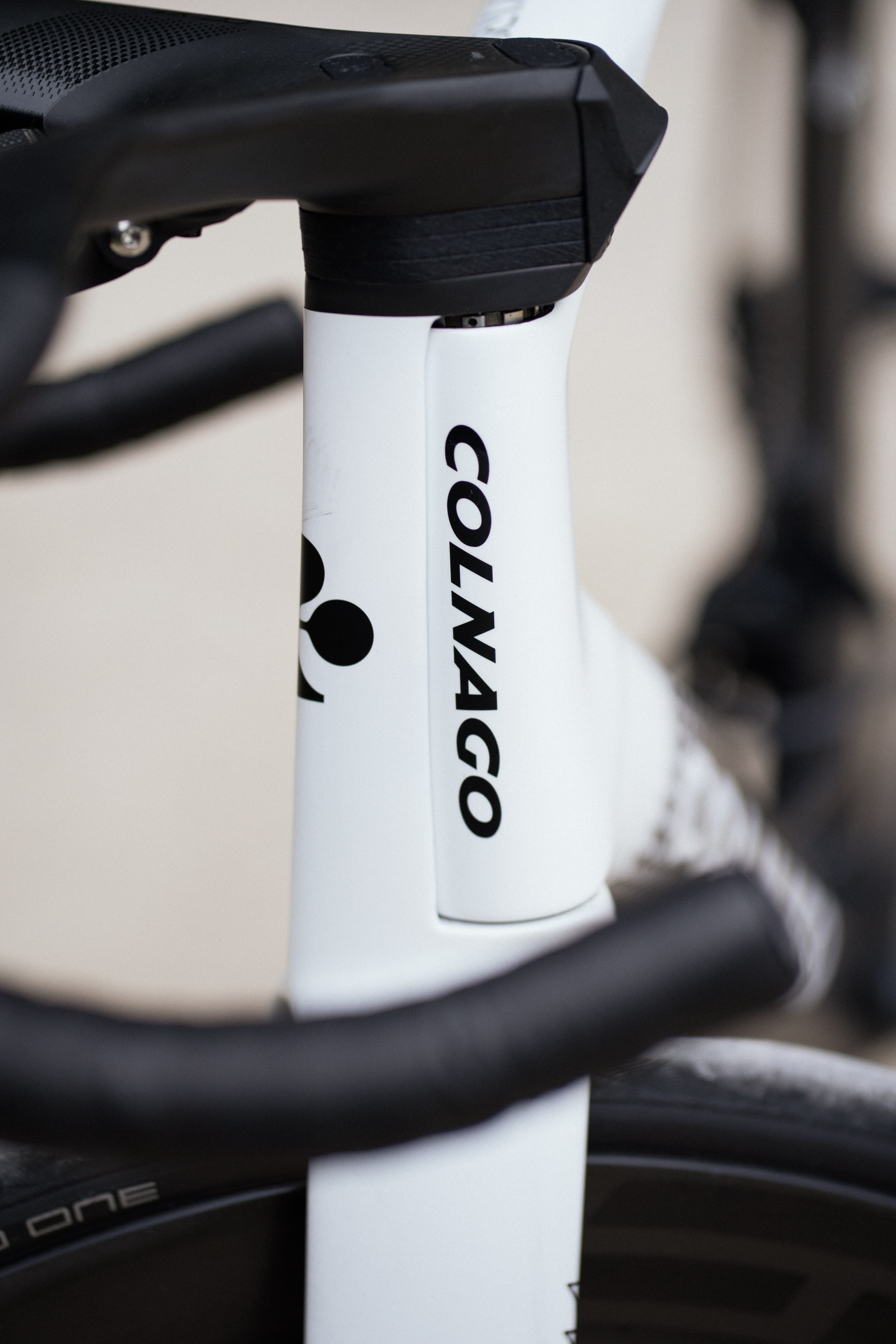
Value
Come on, you’re really going to make me write a ‘value’ section for a bike that costs just shy of $21,000? That's so far beyond what even very high-end race bikes cost, it’s almost laughable. You could buy a top-spec SRAM Red S-Works Tarmac SL8 and have change to buy another Tarmac, fitted out with the latest SRAM Rival groupset, and both would have power meters as standard. There’s no way that makes sense on a consumer level, but this isn’t a consumer bike.
I’ve written in the past about the fact that fast bikes shouldn’t have to look pretty as long as they're fast, and that we are moving towards an era of non-consumer race bikes. This is, I think, the first proper candidate for that category. Much more than the Ridley Noah Fast 3.0, which looks less crazy but is in fact more radical in how it rides, the Y1Rs is for racers only, and specifically racers from two very select cycling teams. You can buy it if you try, but in all honesty I don’t think you should.
Taking it as an actual consumer prospect is next to impossible. It comes without a power meter if you go for Dura-Ace, Pirelli P-Zero Race TLR tyres, rather than the higher-tier P-Zero Race TLR RS option, and madly, I had to use some electrical tape to hold the Di2 wire in place at the chainstay as the exit port doesn’t have a grommet.
If you’re actually looking to buy a bike as a customer I would urge caution. It’s a pretty incredible machine, it’s a huge leap for the brand, and given the Pogačar factor it’s got a race-winning pedigree plenty of other top-end bikes would kill for, but if you’re looking for value, then this ain't the place to look.
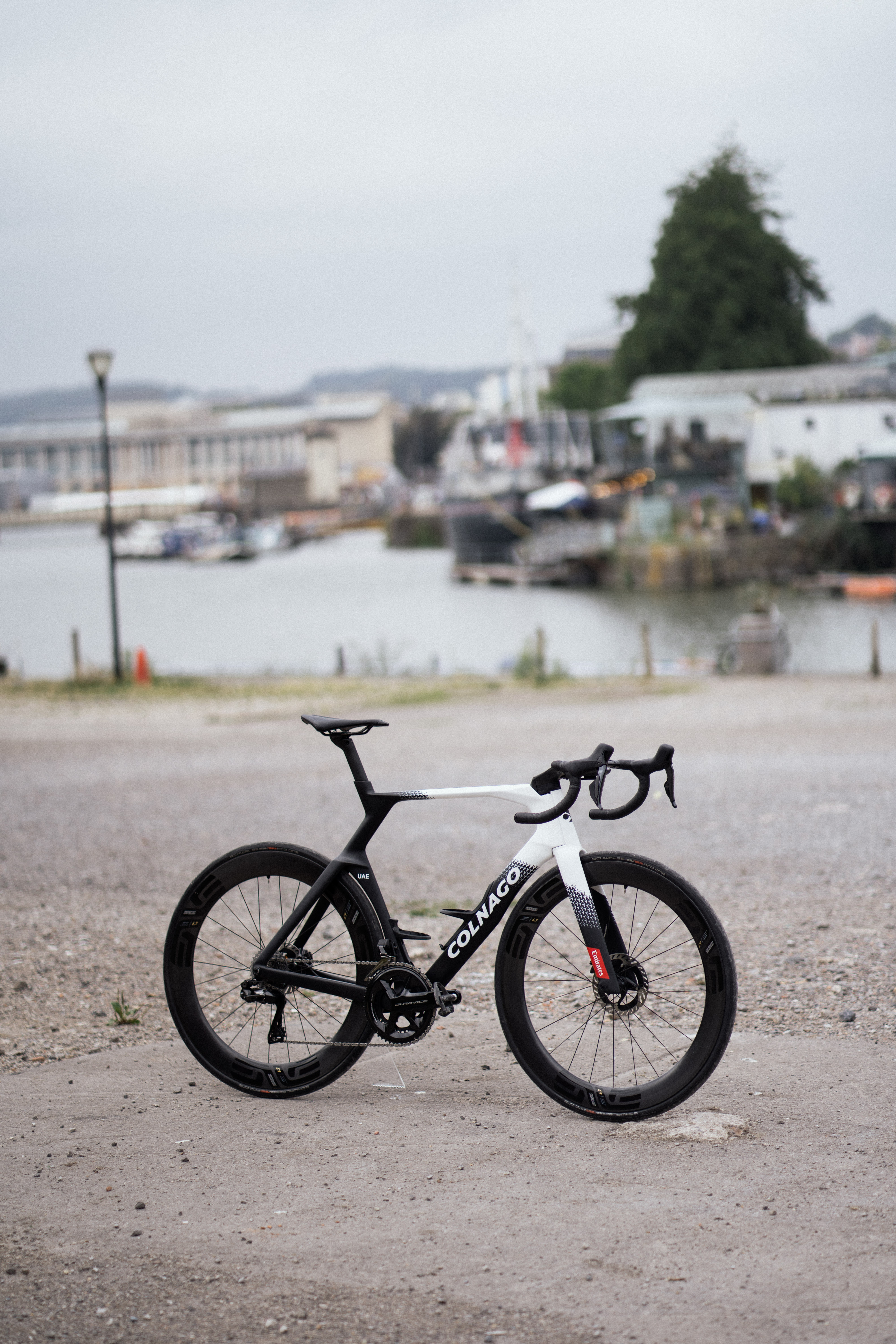
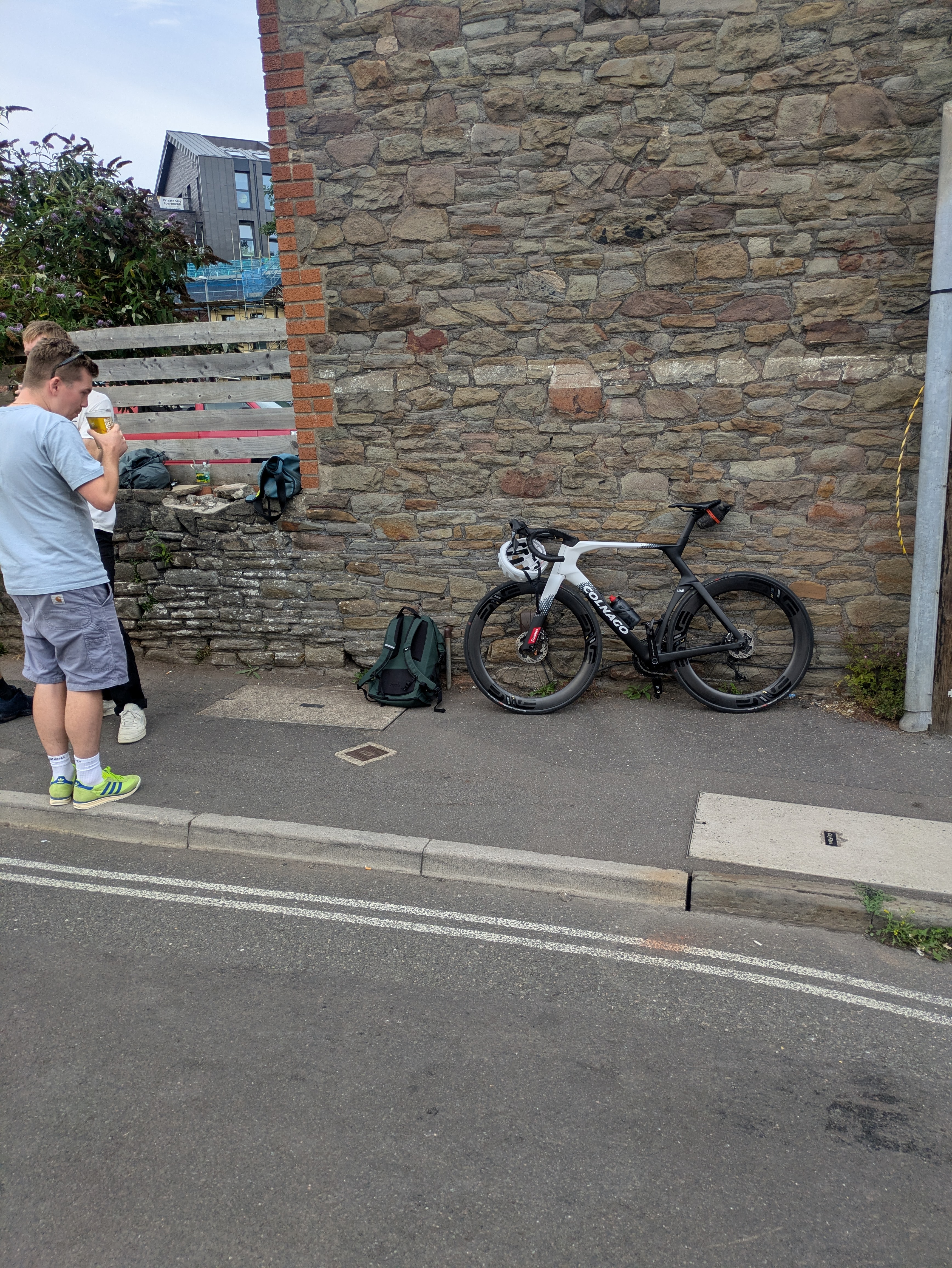
Verdict
NASCAR manufacturers used to have a phrase: “Win on a Sunday, Sell on a Monday”. They may still use that phrase, but I don’t watch NASCAR. In any case, when applied to cars, it referred to the brand, rather than the specific model itself, lest the US road system become overrun by quite impractical motor vehicles for day-to-day life. I think this is how we have to look at the Y1Rs, and in all probability that crazy new Factor aero bike too (though I reserve the right to change my mind if I ever swing a leg over it).
In its own right, it’s an impressive machine, and I’d go so far as to say it’s the best bike Colnago has made since it launched back into modern racing post-Europcar in 2017, or at least the most innovative in the context of the time in which it was launched. It handles better than the V-series machines, it’s more aero, it’s trying new things, but I think it exists to sell the V5Rs and the C68, and the gravel bikes, and that’s ok.
Am I a little sad that the most expensive bike in the peloton wasn’t also the best bike in the peloton? A little, yes, but I’m actually buoyed by the Y1Rs, and I’m glad it exists. It shows that Colnago is getting back to the forefront of bike design again, rather than continuing to simply trade on nostalgia, and this is something to be applauded.
When you look at competitor bikes, the likes of the Cervélo S5, Pinarello Dogma, the Ridley Noah, the Factor Ostro VAM, the Specialized Tarmac, they all have quite long lineages. Years and years of cumulative development with the occasional grand leap, but on the whole, each model builds upon the last. The Y1Rs is version 1.0, and for this reason, I’m a little more forgiving of some of its shortcomings. It also leaves me a little excited for what the Y2Rs will bring.

Attributes | Notes | Rating |
|---|---|---|
Design and aesthetics | Beauty is in the eye of the beholder, but with countless wins I think its image has softened. Also I'm giving it points for being so wildly different to the V5Rs. | 9/10 |
Build | In this guise it's close to perfect, but to not include a power meter on the most expensive road bike in the peloton is criminal. | 8/10 |
Performance | Subject to wind tunnel verification, but on the terrain for which it was intended it's exceptional. It is lacking a little stiffness at the front end however. | 9/10 |
Weight | Light enough for an aero bike but not ultra-feathery. | 8/10 |
Value | Oh boy... Look, I honestly don't think this bike was intended as a consumer product. It's absurdly expensive for what it offers compared to other top end bikes so I cannot score it highly here. | 5/10 |
Overall | Row 5 - Cell 1 | 78% |
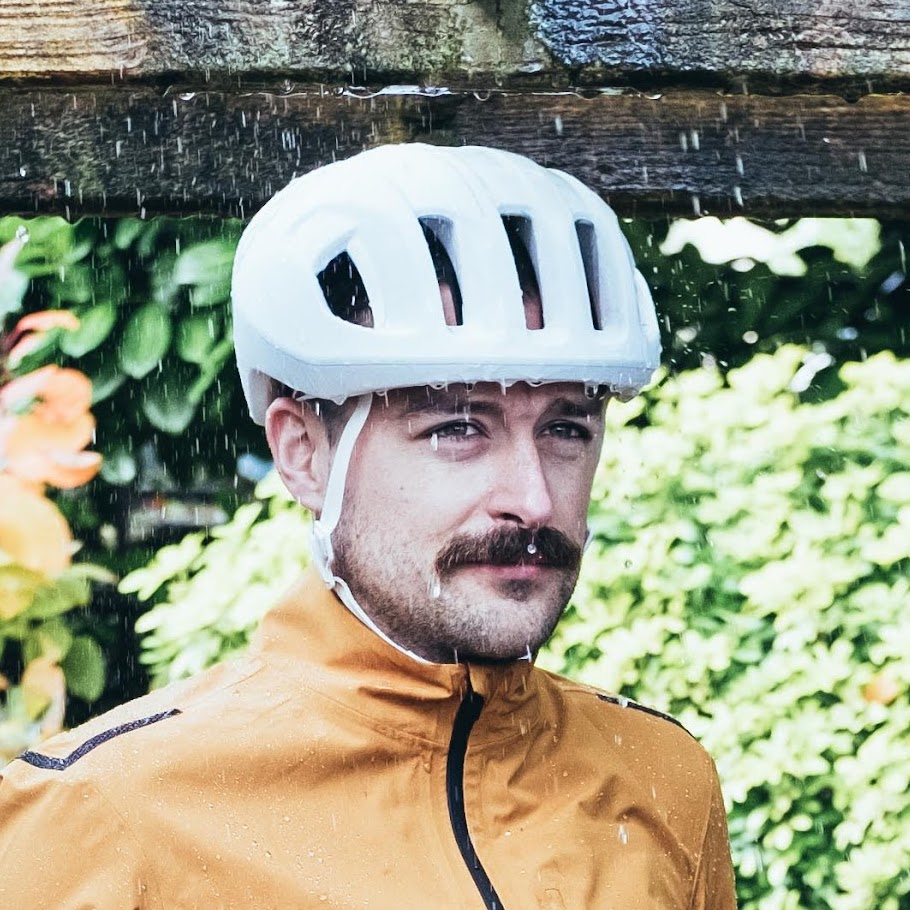
Will joined the Cyclingnews team as a reviews writer in 2022, having previously written for Cyclist, BikeRadar and Advntr. He’s tried his hand at most cycling disciplines, from the standard mix of road, gravel, and mountain bike, to the more unusual like bike polo and tracklocross. He’s made his own bike frames, covered tech news from the biggest races on the planet, and published countless premium galleries thanks to his excellent photographic eye. Also, given he doesn’t ever ride indoors he’s become a real expert on foul-weather riding gear. His collection of bikes is a real smorgasbord, with everything from vintage-style steel tourers through to superlight flat bar hill climb machines.
You must confirm your public display name before commenting
Please logout and then login again, you will then be prompted to enter your display name.
